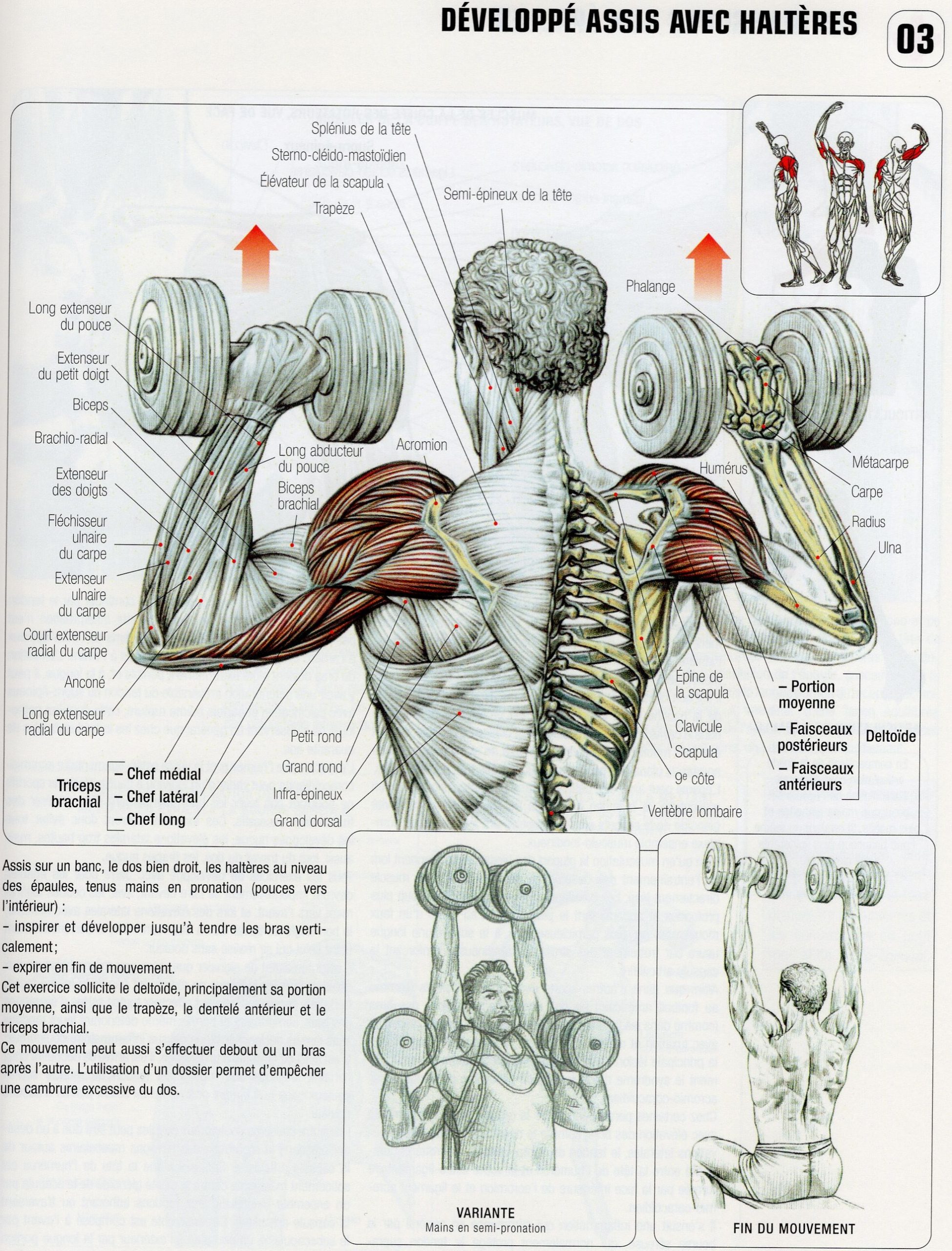When you want to surprise your muscles and accelerate muscle growth, performing endless sets of bench presses just won’t cut it – achieving unconventional progress demands some unconventional exercises.
As any dedicated lifter would confirm, even the best training routines can’t provide superior gains forever and once in a while, you will need to shake things up and present your muscles with a new challenge.
With this in mind, today we’ll look into one unique exercise that once incorporated in a well-balanced shoulder training routine, can help you put outstanding shoulder mass in a short period of time, and it’s called the one-arm barbell press.
Never heard of it? A reason more to read this article and learn how to use it to stimulate bigger gains.
The one arm barbell press: how and why should you practice it ?
The one arm barbell press is performed by holding a barbell with one arm with your palms facing you or each other and pressing the bar up in one powerful movement.
You can either perform this movement in a lying position on a bench or as a standing shoulder press, which will determine the optimal type of grip.

one-arm barbell press
As you can guess, this is not a very popular exercise and you’ll rarely see it being performed in your local gym. This is because most lifters underestimate the benefits of unilateral training, and those who recognize its importance tend to utilize dumbbell exercises for this purpose.
Yet, the lack of popularity of a certain exercise doesn’t always mean that that exercise is ineffective – more often than not, it just means that it’s not as flashy as some other exercises or a lot harder than them, so therefore it’s reserved for the minority of experienced lifters who have a deeper understanding of biomechanics and really know what they’re doing.
One arm barbell press benefits
The benefits of unilateral lifts are virtually unmatched. Not only that they help you get stronger, improve your balance and polish up your technique, but they also stimulate bigger mass gains.
So before returning to your regular training, check out the major benefits of unilateral movements, particularly the one-arm barbell press:
Greater muscle recruitment
Unilateral movements enable you to thoroughly train each side of the body and strengthen the smaller muscles that don’t get enough work during bilateral exercises.
Although using dumbbells certainly comes with its own pack of benefits, unilateral training with a barbell makes the movement a lot harder, and thus stimulates more growth.
Just think about it – to press a barbell with one arm, you have to employ every stabilizing muscle around the shoulder and upper back and force them to work in great coordination to keep the barbell perfectly horizontal.
Unilateral lifts help you recruit previously untapped motor units, thus building greater overall strength and power.
Improved balance and coordination
As mentioned above, the one arm barbell press will take your balance and coordination to the next level because of obvious reasons, which undoubtedly leads to greater functional, integrated strength and an improved ability to exert force.
Since the use of a barbell provides a greater muscle overload than the use of dumbbells, your body will be pushed even further to adapt to the high demands of the movement.
The one-arm barbell press requires a great deal of focus, control and strictness and therefore it can teach your muscles to give their 100% and perform better as a well-coordinated team.
Encouraged front deltoid growth
Using a pronated grip (palms facing away from the body) on shoulder presses puts undue stress on the joints and has the potential to cause impingement at the lower portion of the lift.
Opposite to this, when shoulder pressing with a neutral grip (palms facing towards each other), you can press more weight and reduce the risk of wrist pain and rotator cuff injuries, while also providing a greater stimulation of the front deltoids.
Stronger core
During the one-arm barbell shoulder press, you have to keep your body perfectly straight and rigid while statically resisting force. Needless to say, this type of effort does wonders for core strength and overall stability since it forces your core to stabilize the body and prevent it from falling or excessively leaning on one side.
Multiple studies on core activity have concluded that when it comes to core development, unilateral exercises are superior to bilateral exercises.
And developing a rock solid core will increase your force production and improve your performance at all upper body lifts, thereby helping you develop your physique even further.
Injury prevention
One-arm presses offer phenomenal shoulder strengthening benefits, especially in the rotator cuff muscle group. For lifters who fail to recognize the importance of having strong, healthy and well-developed shoulders, injuring the rotator cuff is a common occurrence.
When great demands are placed on a weak rotator cuff, the usual results are noticeable pressing and muscular imbalances and painful injuries.
Since one-arm presses give you the ability to train each side of the body individually, they can easily expose the weakest links in your shoulders and help you strengthen every muscle of this large muscle group.
Elimination of muscular imbalances
Besides forcing your body to recruit more core muscles to stabilize the spine and transfer the load, single-limb exercises allow you to train away muscular asymmetries.
Muscular imbalances are never cool – they create unpleasing aesthetics, hinder your performance and increase your risk of injury.
And the best way to resolve them is by incorporating unilateral exercises into your training, which will force both sides of your body to move equal loads and prevent the dominant side to cover up for the weaker one.
When performing one-arm barbell presses, start with your weaker side and work it to fatigue, then perform the same number of reps on the stronger side to help bring them on the same level of strength.
